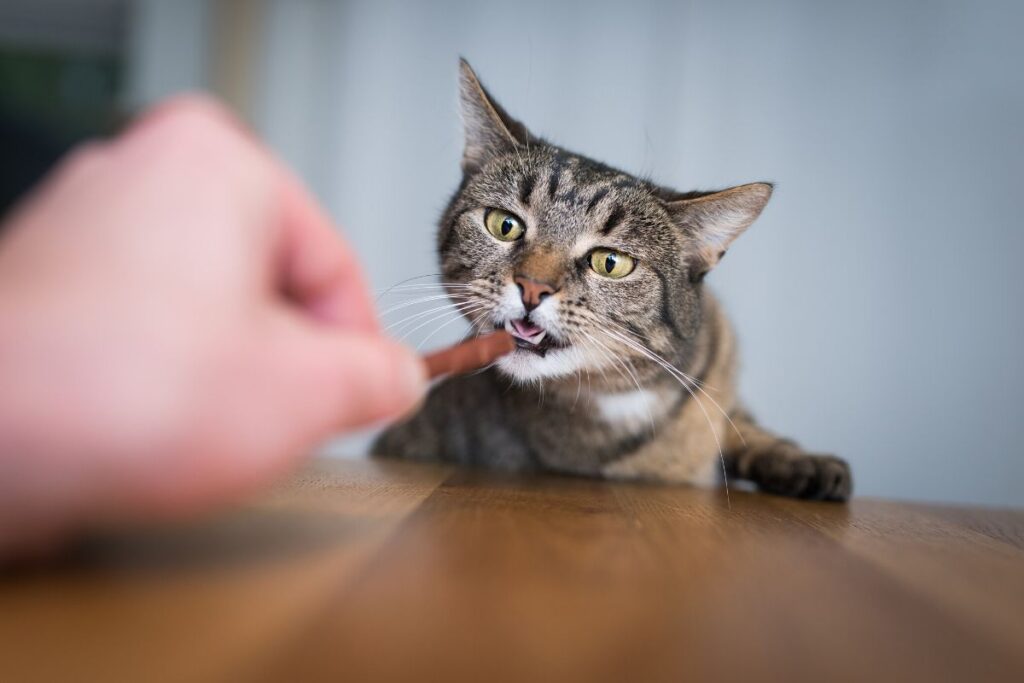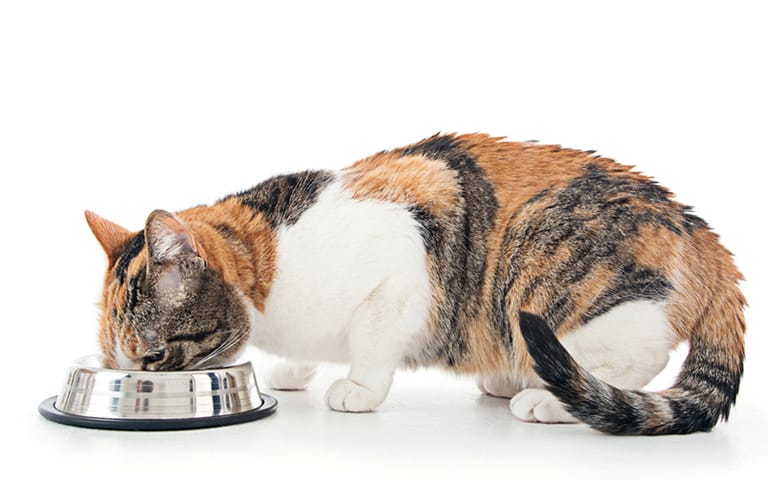As a cat owner, you’ve likely pondered whether there’s a significant difference between the bags of indoor and outdoor cat food on the pet store shelves. The answer is yes, and the distinction is more than just marketing. The indoor vs outdoor cat food debate is rooted in the differing lifestyles and nutritional needs of feline friends. This article will delve into those differences and help you make an informed decision on what’s best for your pet.
In This Article
Indoor Vs Outdoor Cat Food Requirements
Indoor cats generally lead more sedentary lives than their outdoor counterparts. The lack of regular, vigorous activity means they burn fewer calories and can quickly gain weight if their diet isn’t managed carefully. Obesity in indoor cats can lead to a host of health problems, including diabetes, arthritis, and heart disease. To combat this, indoor cat food is typically lower in calories and fat. Moreover, indoor cats can be more prone to hairballs due to increased grooming time. Indoor formulas often contain specialized fiber blends that help move hair through the digestive tract more efficiently, preventing the formation of hairballs.
Outdoor cats, on the other hand, are usually more active. They require more calories to support their roaming, hunting, and territorial behaviors. Outdoor cat food is often higher in protein to help maintain healthy muscles needed for their active lifestyle. It also contains more fat for energy and to help keep them warm during colder weather. Outdoor cats face different environmental stresses and are at a higher risk of injury and disease. Therefore, outdoor formulas frequently include increased levels of antioxidants to support a strong immune system.
How to Transition My Outdoor Cat to Indoor Food for Health?
Transitioning your outdoor cat to indoor cat food requires careful planning and consideration to ensure their health and well-being. Here are some steps to help you make a smooth transition:
- Gradual Transition: Sudden changes in diet can upset a cat’s digestive system. Start by mixing a small amount of the new indoor cat food with their current outdoor cat food. Gradually increase the proportion of indoor cat food over the course of 7-10 days until they are solely eating the indoor cat food.
- Portion Control: Outdoor cat food is often higher in calories to meet the energy requirements of active cats. Indoor cats have lower activity levels and are prone to weight gain. Monitor their food intake and adjust portion sizes as needed to prevent overfeeding and obesity.
- Monitor Weight and Body Condition: Keep a close eye on your cat’s weight and body condition during the transition. If you notice weight gain or loss, consult with a veterinarian to adjust their diet accordingly. Regular weigh-ins can help you track their progress and ensure they maintain a healthy weight.
- Provide Enrichment: Indoor cats may require additional mental and physical stimulation to compensate for the lack of outdoor exploration. Provide interactive toys, scratching posts, and climbing structures to keep them active and engaged. This can help prevent boredom and promote overall well-being.
- Environmental Enrichment: Indoor cats may miss the sights, sounds, and smells of the outdoors. Create a stimulating indoor environment with perches near windows, bird feeders outside, or even a designated outdoor enclosure (such as a catio) where they can experience the outdoors safely.
- Monitor Urinary Health: Outdoor cats have more opportunities for increased water intake, which helps maintain urinary tract health. Indoor cats may require additional attention in this area. Ensure they have access to fresh water at all times and consider incorporating wet cat food into their diet to increase moisture intake.
What’s the Protein Content Difference in Indoor Vs Outdoor Cat Food?
The protein content in indoor and outdoor cat food can vary based on the specific formulas and brands. However, there are general differences to consider when comparing protein levels in these types of cat food:
Outdoor Cat Food:
Outdoor cat food is typically formulated with higher protein content compared to indoor cat food. This is because outdoor cats typically have more active lifestyles and need additional protein to support their energy requirements, muscle development, and overall health. Protein content in outdoor cat food can range from around 30% to 40% or more.
Indoor Cat Food:
Indoor cat food generally has slightly lower protein content compared to outdoor cat food. This is because indoor cats tend to have lower activity levels and require fewer calories. While the exact protein content can vary, indoor cat food typically has protein levels ranging from around 25% to 35%.
It’s important to note that these are general guidelines, and individual brands and formulas can have different protein content ranges. Additionally, the specific nutritional needs of your cat should be taken into account, such as their age, breed, and any health conditions.
When selecting cat food, it’s crucial to consider the overall quality of the protein source rather than just the protein content percentage. Look for cat food that lists high-quality animal protein sources, such as real meat or fish, as the primary ingredients. These provide essential amino acids that cats need for their overall well-being.
How Feeding Habits Impact Your Cat’s Food Choice?
Feeding habits can play a significant role in determining the appropriate cat food choice for indoor and outdoor cats. Here are some ways in which feeding habits can impact your cat’s food choice:
Free-Feeding vs. Scheduled Meals:
Indoor cats are often fed scheduled meals, where food is provided at specific times of the day and in measured quantities. This allows for better portion control and prevents overeating. Indoor cat food formulas are designed to meet the nutritional needs of cats with lower activity levels and may focus on weight management and hairball control.
Outdoor cats, on the other hand, may have more freedom to free-feed, where food is available at all times. They have higher energy requirements due to their active lifestyles and may benefit from outdoor cat food with higher calorie content and additional nutrients to support their energy expenditure.
Hunting and Foraging Behavior:
Outdoor cats engage in natural hunting and foraging behaviors to obtain their food. This allows them to exercise both their physical and mental faculties. Their food choices may be influenced by the availability of prey, such as birds or rodents, in their environment.
Indoor cats, lacking these natural opportunities, may require environmental enrichment and stimulation to prevent boredom and encourage exercise. Their food choice may involve specially designed puzzle feeders or treat-dispensing toys to mimic hunting and foraging behaviors, promoting mental stimulation and physical activity.
Weight Management and Obesity:
Outdoor cats have more opportunities for physical exercise, which helps them burn calories and maintain a healthy weight. However, they can still become overweight or obese if they have access to excessive food or high-calorie diets.
Indoor cats have limited opportunities for physical activity and are more prone to weight gain and obesity. Feeding them a diet specifically formulated for indoor cats, with controlled calorie content and added fiber, can help manage their weight and prevent obesity-related health issues.
Dietary Variety:
Outdoor cats have a wider range of dietary options available to them due to their hunting instincts and exposure to various prey species. This can result in a more diverse diet that includes different types of animal protein.
Indoor cats may have a more limited diet that primarily consists of commercial cat food. It’s essential to provide a balanced and nutritionally complete diet for indoor cats to ensure they receive all the necessary nutrients.
